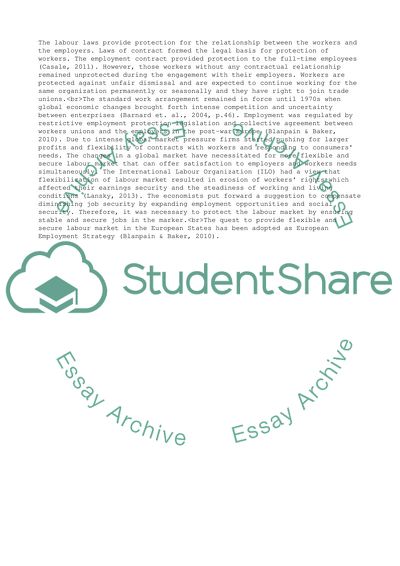Cite this document
(“International and Comparative Employment Law Assignment”, n.d.)
International and Comparative Employment Law Assignment. Retrieved from https://studentshare.org/management/1676852-international-and-comparative-employment-law
International and Comparative Employment Law Assignment. Retrieved from https://studentshare.org/management/1676852-international-and-comparative-employment-law
(International and Comparative Employment Law Assignment)
International and Comparative Employment Law Assignment. https://studentshare.org/management/1676852-international-and-comparative-employment-law.
International and Comparative Employment Law Assignment. https://studentshare.org/management/1676852-international-and-comparative-employment-law.
“International and Comparative Employment Law Assignment”, n.d. https://studentshare.org/management/1676852-international-and-comparative-employment-law.


